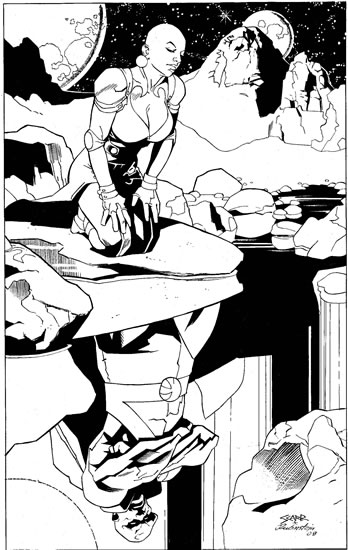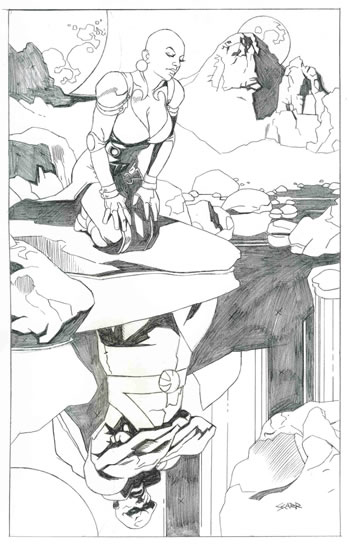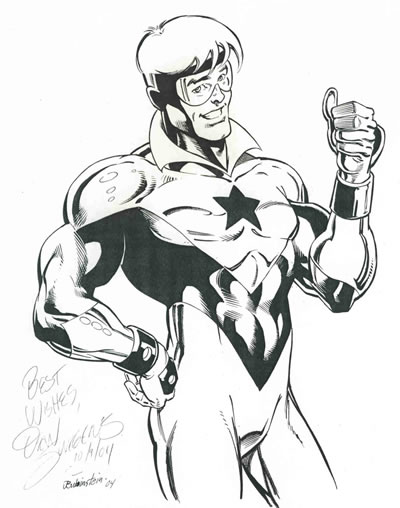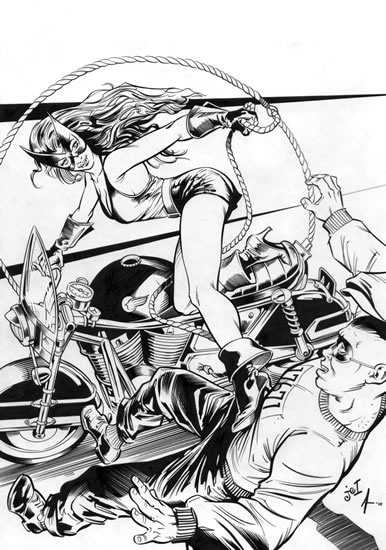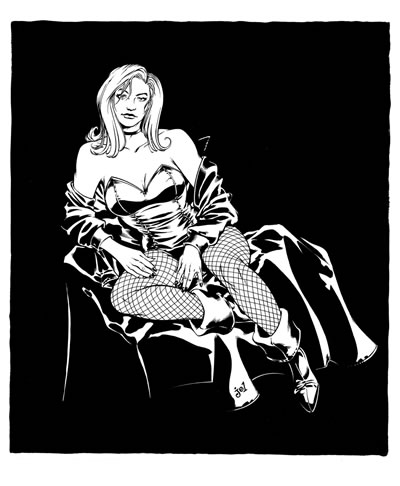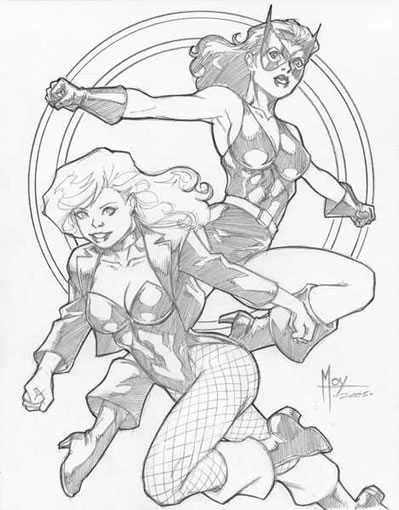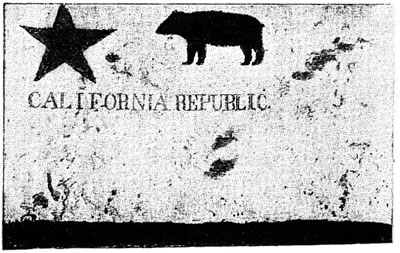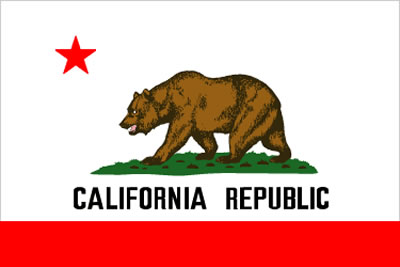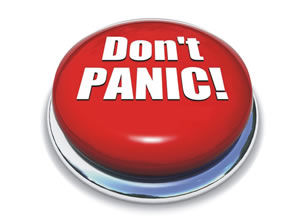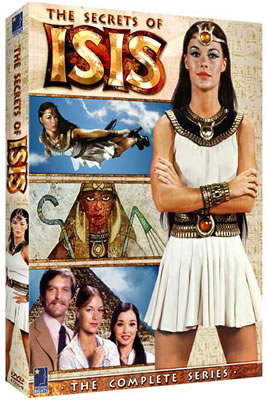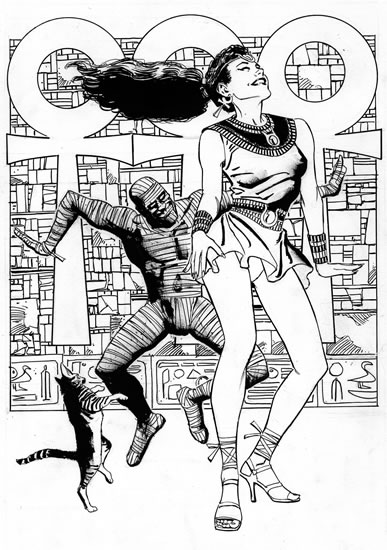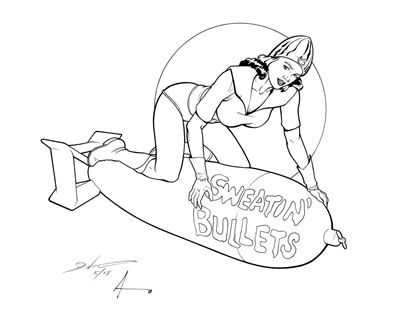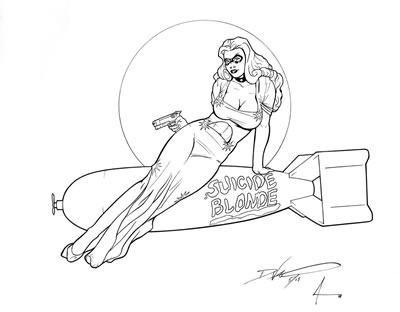Yesterday, while basking in the glow of a rare break in my midday schedule, I saw
The Incredible Hulk.
I was underwhelmed.
First, you have to understand that I was one of the few comics fans who actually enjoyed Ang Lee's
Hulk film of five years ago. It wasn't a perfect film by any stretch — the grand climax of the story, while innovative, simply didn't work for me. Still, I found Lee's
Hulk a well-crafted and thoughtful reimagining of the venerable Marvel Comics character.
I can also understand why hardcore Hulk fans didn't care for Lee's film. That's probably the reason why we part company in our evaluation of it. Although I've been reading Marvel comics for more than 40 years, I've never really been a Hulk fan. Even though the Hulk costarred in one of my favorite comic series of the 1970s,
The Defenders, the book read better (in my opinion) after the Hulk and the Sub-Mariner — another character I was never all that crazy about — departed the team in favor of C-listers like the Valkyrie, Nighthawk, and Hellcat. The fact Lee tried to do something different with the character, therefore, helped it resonate with me more than if he'd simply followed the formula of the original comics, or — heaven forfend —
the execrable TV series from the '70s.
Which brings me to Louis Leterrier's movie, which wants so desperately to be both of those things. Only louder, longer, and more expensive.
Let's try a point-by-point view.
Bruce Banner: Eric Bana vs. Edward Norton. Physically, Norton has the edge in replicating the Bruce Banner of the comic books — he's lean, wiry, all rabbity intensity and nervous energy. The brawny Bana, by comparison, is practically Hulkian, without any aid from the FX department. Norton is by far the superior thespian — Bana is no slouch, mind you, but Norton is one of the four or five best film actors of his generation. Oddly, though, Norton's performance sounds too many of the same notes again and again — as much as Bana's Banner (I love the sound of that) was criticized by some as being too flat in affect, Norton's spins too far in the opposite direction. I could believe Bana as a detached, self-absorbed, hyperbrilliant scientist. Norton just seemed like a computer nerd on a caffeine jag.
Winner: Bana, by a nose.Betty Ross: Jennifer Connelly vs. Liv Tyler. That pretty well sums it up, doesn't it? You simply can't replace Connelly's warmth and vulnerability — to say nothing of her Oscar-worthy acting chops — with Tyler's dewy-eyed, Bambi-in-headlights vapidness. As Stan Lee himself would put it, 'nuff said.
Winner: Connelly, in a rout.General Thaddeus "Thunderbolt" Ross: Sam Elliott vs. William Hurt. Neither Elliott nor Hurt much resembles, either in appearance or personality, the over-the-top Ross of the Silver Age comics. Which is a good thing, in both instances. Elliott, though, found a richness and multifaceted humanity in the role that is utterly lacking in Hurt's peculiarly downbeat take. Elliott's General Ross is perhaps too decent a man to make a compelling villain; Hurt's is just too boring to care about, one way or the other.
Winner: Elliott.Whacked-out bad guy: Nick Nolte vs. Tim Roth. Now, I like Roth's work a great deal. I believe that in his character's fleeting nanoseconds of thematic development, he does a nice job with his obsessive super-soldier turned Son of Godzilla. But the script doesn't give him anything at all to work with... much like the other actors involved. Nolte, on the other hand, took a similarly underwritten role and flat-out blew the roof off the sucker. People laughed when Nolte nabbed an Oscar nomination for his razor's edge turn in Hulk. I thought the man deserved... well, if not an Academy Award, then maybe a year in an outpatient clinic.
Winner: Call this one a tie.Director: Ang Lee vs. Louis Leterrier. Let's see...
Sense and Sensibility;
The Ice Storm;
Crouching Tiger, Hidden Dragon;
Brokeback Mountain. Or...
Transporter 2. If you want a film with grace, sensitivity, and psychological depth, you hire the first guy. If you want stuff blowed up real good, you get the other guy. Leterrier's not a bad action director; as the "artistic director" on the first
Transporter film (he settled for a lesser credit behind lead director Corey Yuen due to since-changed Directors Guild rules), he showed a flair for hyperkinetic violence. But comparing him to Ang Lee is like comparing a talented amateur to Rembrandt. Don't even try.
Winner: What are you, kidding me? It's Ang "The Fang" Lee, baby.Special effects: Excess vs. wretched excess. This is, after all, where the purple pants hit the street, correct? For all the advancements in CGI technology over the past five years, I thought the Hulk looked more Hulk-like — that is, more in line with the depiction of the character I most remember from my Marvel fanboy youth; the Herb Trimpe-Marie Severin Hulk — in the earlier movie. The new Hulk seems strangely proportioned, with a too-small head and too-sharp features. (I realize that the CGI animators in both cases used the lead actor's face as a model for their work. I'm just saying that Eric Bana's features made for a more realistic Hulk than Edward Norton's.) The FX in
Incredible Hulk also suffer from
Transformers syndrome: too much frenzied motion, too much splatter, too much too-muchness. At least in Ang Lee's film, the eye could always follow the action without the brain getting left three steps behind. Still, if you dig spectacle for spectacle's sake — and that appears to be what the teeming hordes who hated Lee's
Hulk wanted — Leterrier delivers what you crave, in spades.
Winner: The accounting department at Marvel.Is the new
Hulk film good or bad? That depends on your tastes. If all you want from your Hulk is sound and fury, signifying major league box office,
The Incredible Hulk may be just your cup of gamma-irradiated tea. If you prefer a little more meat for the cerebellum with your Hulk-smashed potatoes, you'll probably leave the theater jonesing for earplugs and a hit of antinausea medication.
Either way, if you buy a ticket, you'll have the folks at Marvel seeing green.
Personal postscript: For me, the funniest moment in
The Incredible Hulk was the scene in which Edward Norton's Bruce Banner encounters a security guard played by Lou Ferrigno, the champion bodybuilder who Hulked out in a fright wig and verdant makeup in the old TV series. (Ferrigno also provided the Hulk's vocalizations for the new film's soundtrack.) When Norton and Ferrigno shook hands, I half-expected Ferrigno's manager to leap into the frame and demand that Norton pony up a Jackson for the privilege of clasping Lou's giant mitt. Anyone who's ever seen Ferrigno shilling his photos and autographs at a comics convention has witnessed that sequence of events, and knows exactly what I'm talking about.
Labels: Celebritiana, Cinemania, Listology

